This is the first part of a series of articles about getting more out of milsim events. I’m not going to try and define that term, but if you’re booking onto weekend games which don’t stop and which are pretty strict on rules, there will be something for you here.
The awesome ATRG posted a cracking article last year on the importance of getting your admin sorted out. It’s well worth a read. That article was partially a result of a video from the Heresy Group lads talking about the same thing after a Defiant Airsoft MilSim event. I’ve been writing this series of articles for a while and it’s great to see other people not just thinking the same thing but also wanting to share experience to help newcomers to milsim events enjoy the experience.
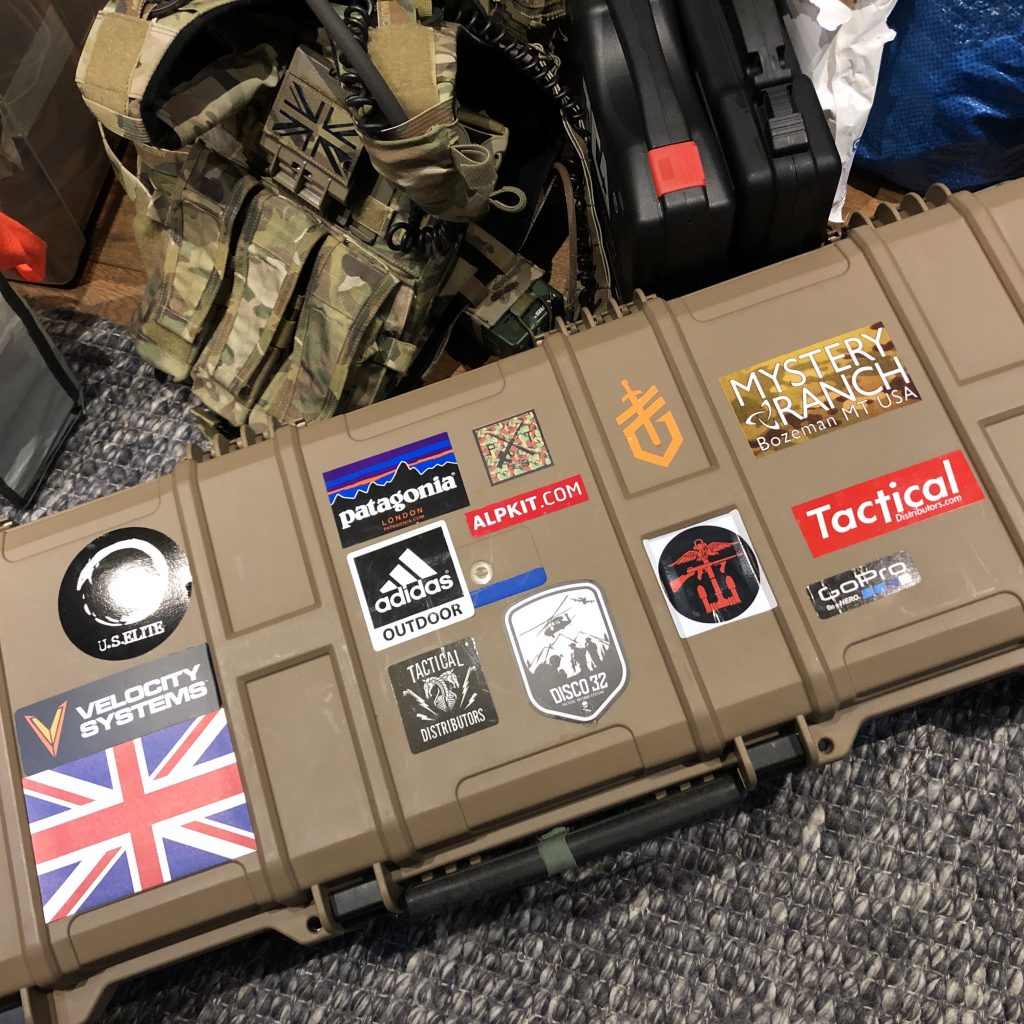
The article which really launched this blog last year was an overview of my kit for a 30hr MilSim. What struck me was how much of an appetite there is for accounts of what you can take to an event, and even more, how you choose what to take to an event. What I’m going to do in these four articles is talk about how to get the best out of a MilSim and to have as much fun as possible while contributing to the team effort.
Part 1 – Planning and choosing kit (you’re reading it here). Things to think about in the weeks before the event to make sure that you’ve got everything you need and little you don’t.
Part 2 – Food and Fuel . There’s lot of chat about sleeping systems, bivis and other ‘new’ bits of the angry camping experience which you’ll probably have at a milsim event. But, less is written about food. It’s one of the bits which can make a massive difference in enjoyment and effectiveness so I’ve got some thoughts on that.
Part 3 – What should I be doing the week before a game? Getting the final bits ready to go is about more than chucking it all in a bergan and charging batteries. Making sure you land on the ground ready to go comes down to preparation: this is how to get it right.
Part 4 – A bit of a rant about skills – I’m not going to pretend to teach anyone anything (my cap badge is usually kept as far from the sharp end as possible) but there are some basic skill areas worth being familiar with to get the best out of the experience. Navigation, comms use, radio voice procedure, basic first aid.
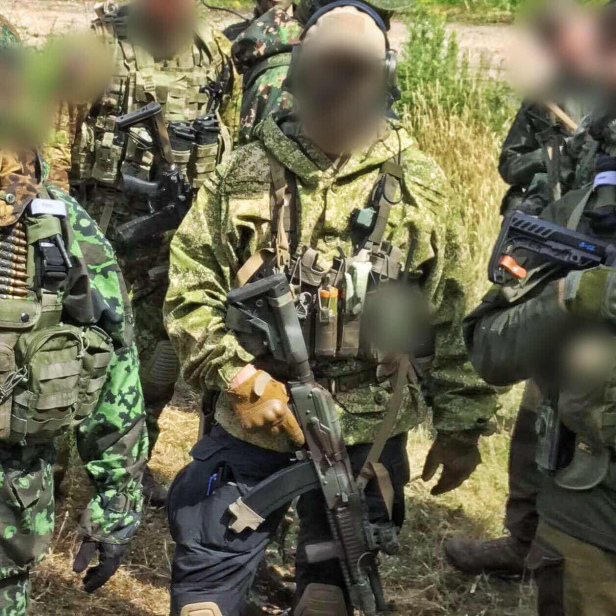
Most importantly, properly equipped so you won’t worry about kit and can relax and have fun.
Planning and Choosing Kit for a MilSim
I’m a gear nerd. I take satisfaction in choosing the right kit for the job. I’m lucky that I’ve got a range of kit I can choose from – different camos, different sleeping systems, chest rigs or plate carriers or belt kit. Obviously not everyone is in this position but getting it right for me comes down to a decent and well thought out kit list which I then use to confirm I’ve got everything, literally ticking things off. Even the most experienced sometime forget key pieces of kit. My worst (so far) is forgetting my mug and having to drink from my jetboil…I got a bit lazy and stopping ticking things off.
But before you start your packing list, you need to do some thinking about what you’re gonna need. Think about it this way: you’re on a team, you’ve got a role and you’re in an environment at a point in time.
Based on these factors, think them through and then start your list. To wit:
The Team and the Event
- Every event has camo and kit rules. Read them and pack accordingly. These rules aren’t all about the hallowed (and often over-rated) ‘immersion’ – they’re often intensely practical because it’s how you tell one team from another. If your side isn’t supposed to wear multi-cam, then don’t. If you’re supposed to be in block colours and no plate carriers, don’t wear your AVS. I know that event organisers don’t want to ruin people’s plans but I’m a real fan of events tightening up on these rules. The best games I’ve played have been strict on this for telling friend from foe as much as anything, and it helps when the baddies and goodies look the part.
- The next thing to think about will be sleeping and where your main kit dump will be. It’s extremely unlikely that you’ll have all your kit on you all the time. Carrying 25kg of sleeping bag, basha, warm kit etc is fun for about five minutes and then it’s just a bit crap. Remember, you’re there to have fun! Patrolling with a bergan is sometimes part of the experience though, so be prepared if it’s signalled in the event joining instructions or admin order etc.
- In terms of the event, get to know the medic rules because they’re probably different to skirmishing and almost every milsim (even from the same organisers) is different. You might need bandages, dead rags etc – read the rules and get sorted.
- How long is it and what meals will you have in game? Are you cooking in game? If it’s gonna be cold (see below), you’ll need extra brews. If it’s going to be super hot, then your menu options might be different and you’ll need even more water. I’ve got another article coming on food choices…
- It’s also worth checking FPS and other weapon rules. The events I play at often allow up to 370fps for AEGs, others are are 350 or lower. Don’t be the guy with a hot gun. Sometimes there are even rule for weapon types. I’ve played a Russian element which means everyone had to have AK or other Russian-style weapons (eg PKs and Vals etc) so worth knowing this.

Your Role
- Many events will work out the order of battle in advance – this means arranging teams into their sub-units, sections, patrols, whatever. If you’re allocated to a random call-sign, talk to your new mates and work out what you’re going to be doing and again, pack accordingly. This could mean taking a normal RIF rather than a DMR or it could mean being the sniper. Or the Medic. Or whatever – go make friends and work out what you’ll be doing.
- Comms – what do you need? As a minimum, assume a Baofeng-style radio, with a headset and, most importantly, with the license to operate it. And know how to programme frequencies and CTCSS codes in case these change in the game.
- Access and transport – Do you have to carry everything or will it be on vehicles? Can you drive up to the harbour area or a FOB and drop off all your kit without having to carry it all?
- Are you part of a team with a specific role – classic multicam task force, Ukrainian independence fighters or Russian SF? If so, you’ll need to dress the part.
The Environment
- Weather – wet, dry/warm or chilly (or which combination of all of these)
- Time of the year – how long will it be dark, temperature ranges etc.
- What’s the weather and terrain been like recently? Is the ground going to be especially wet or dry, do you need gaiters, goretex socks, can you get away with light weight, breathable boots etc?
- What sort of terrain will you be in – urban, rural, what’s the mix? If it’s urban only, then we’re talking door kicking all day. If you’re going to just be in the woods, drop the plate carrier and go for a chest rig and work out how to go light!

Putting It All Together
Once you’ve had a think about what sort of stuff you’re going to need, it’s time to make a kit list. I organise mine by the main categories, Clothes, Load Carriage, Weapon System, Comms, Eating, Sleeping, Admin, Navigation and Safety. Under each of these I’ll then list out the specific items I think I’ll need. I tend to use Excel for this because I’m a geek and because I can easily add stuff, move things around or delete them.
An example kit list from me playing OpFor in winter is here. This was a Sat morning to Sun lunchtime event in damp and windy November. We had a harbour area which was a 15min walk in. No running water made things tricky so you’ll see me carrying 8L. All that turned into the photo below, plus the kit I was wearing. You’ll also see a car bag – this is to make sure that I remember to have clean and dry kit to change into after the game and will be comfy for the drive back.

I tend to do a first look kit list at a couple of weeks to go. This gives me chance to reduce the list down (always aim to take as little as possible) and if I find any gaps, time to choose and buy something to fill the gap. An example would be if it’s going to be the middle of winter and I don’t have a decent weapon light – that would be something to realise and fix early. Or, if it’s CQB and you don’t have much pyro, them it’s time to hit the shops for as many MkIVs as you can carry (and a pouch to put them in).
Over the course of the next week or so, you can then fiddle with the list, and optimise it. You don’t need a penknife and leatherman – do you really need the knife, fork and spoon; if you’re on boil in the bag meals, a spoon will be fine etc etc. As many things as possible should be multi-purpose. If you’ve got something which only does one thing, it had been be vital or really bloody good at it. A sleeping mat is one example but how many light sources do you need? Do you need to have a weapon light, a headtorch, a fancy bright torch and Princeton Tec helmet light? How many spare pairs of socks will you wear? Are you actually going to use spare trousers? Two main guns, a sniper and three pistols? Really? Minimise, minimuse, minimise.
Once you got your list ready, it’s time to pack. I’ll let you read and watch advice from others on this stage but just think about when you’ll need stuff. Garand Thumb and other have done plenty of “How to pack a bergan” videos. The things you need soonest, put on top of the things you won’t need. Oh, and dry bags: spare clothes, sleeping bag, spare AEG batteries etc all need to be kept dry. It’s not unusual for kit to be out in the rain so make sure that this won’t ruin your weekend.
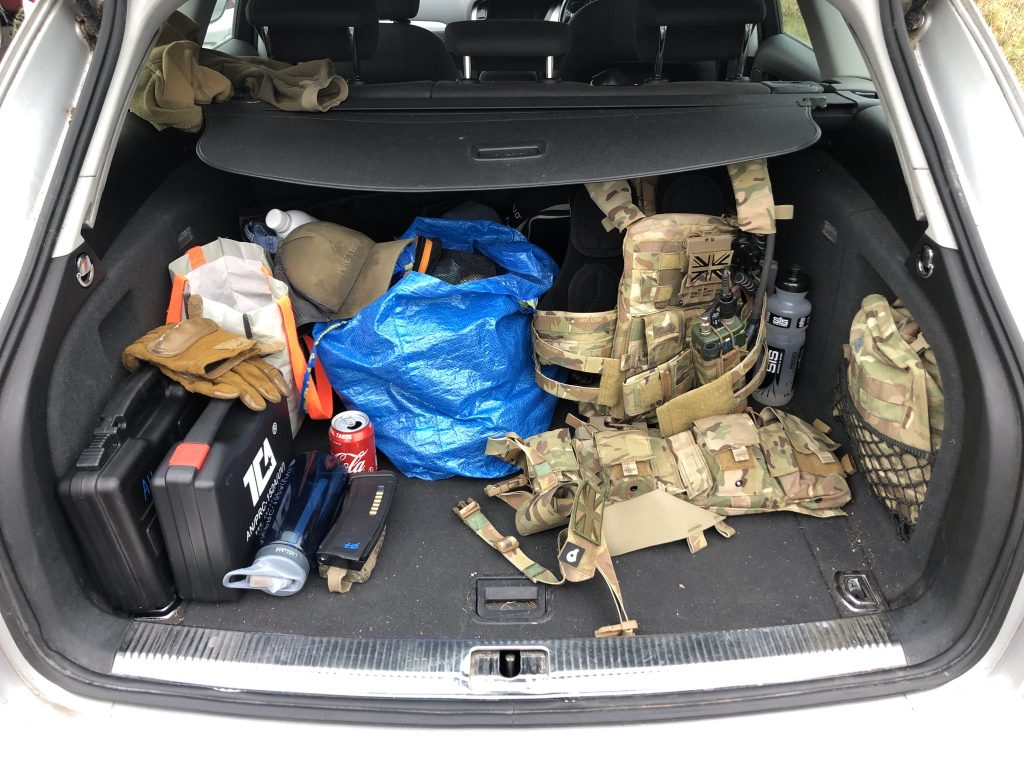
While packing, you’ll also need to get the details sorted. Mags need to be loaded. Your snacks for Saturday should be in your pockets or wherever you’ll be carrying them. I see so many people bombing up in the car park which feels like a right faff and a rush. Get all that done before hand so that you can rock up, put on your kit and go. In the photo above you can see the messy boot of my car when I arrive. In the Ikea bag (gotta love them) you’ll find all my clothing, boots, helmet etc: everything I need to wear. In my trouser pockets are snacks, maps, radio cheat sheet, dead rags etc etc: everything I need. Radio (with freqs dialed in), mags (loaded) and pryo etc are already in the chest rig. All this means almost zero faff when I arrive and I’m ready to go. I don’t travel in my combat gear so that’s all in the car. Please don’t be that guy at the petrol station in full multicam. Just don’t.
Anyway – it’s zero faff that you’re aiming for in all things, including arrival on site. It’s less stressful, it means that you’re organised and it makes you look like you know what you’re doing. It also means that when you get to a FOB or harbour area, you’ve got the kit ready to bivi or whatever and you’re going to be more efficient and effective and you’re gonna look cool. I love arriving on site, getting kitted up and having a brew while other people race to get ready and not be late for the briefings etc. I’ve seen too many events delayed because of players faffing and not being ready. Get squared away, don’t faff and you’ll have more time to play and have fun : )


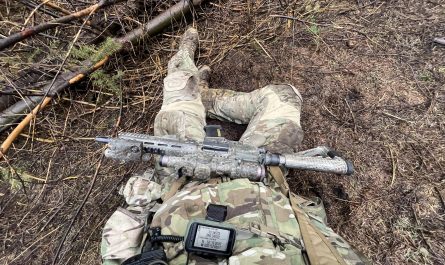

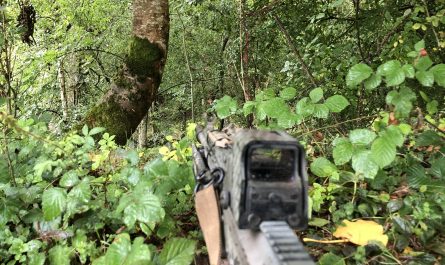
Simple, effective, useful advise that most people forget or over think.
Well written, looking forward to he rest of the series.
Cheers Paul, glad you liked it!